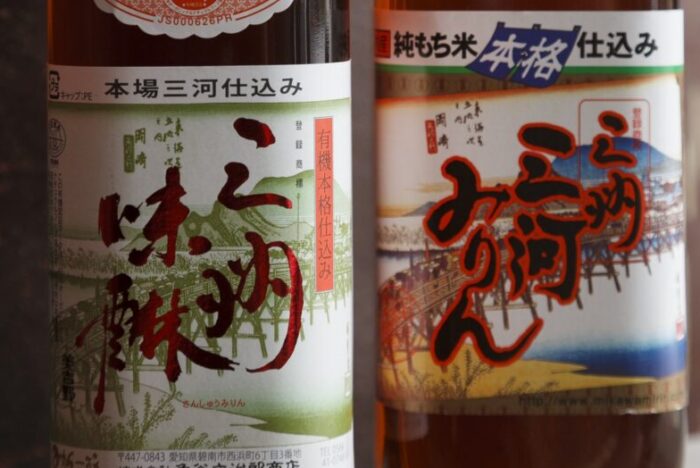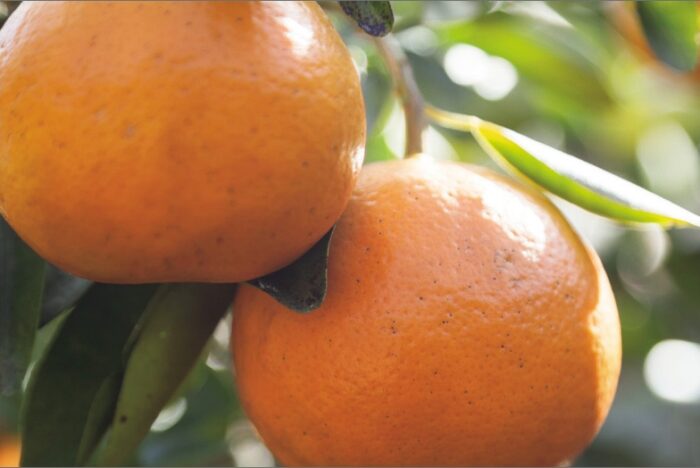JAPAN [Shizuoka]
Japanese Ingredients for the World’s Top Kitchens #34
Wa-Kocha
How Pests Create a Better Tea
2023.11.06
![無農薬だからこそ作れる紅茶 和紅茶[静岡]未来に届けたい日本の食材](https://r-tsushin.com/wp-content/uploads/2023/11/hattori_yukio34_01.jpg)
Though the times are always changing, there are certain timeless ingredients from Japan that will never go out of style. Yukio Hattori, president of Hattori Nutrition College in Tokyo, introduces unique labors of love—items grown and produced with care and integrity by hardworking suppliers across the country.
On slopes too steep for machinery, the Kinezuka family has been cultivating and handpicking green tea in Fujieda, Shizuoka, for 40 years. For 35 of those they have also produced a black tea they call Wa-kocha. The former is made from the tender first-flush leaves of spring; the latter, from the second-flush leaves picked in early summer. These, it turns out, are better suited to fragrant black tea thanks to the presence of the leafhopper bug.
At first harvest in spring, ambient temperatures are low enough that the leaves remain free of insect damage. But by the June harvest, in response to hungry leafhoppers the plant has released protective acids that later benefit the fermentation process and result in a more fragranced tea. The Kinezukas follow practices learned from producers in Sri Lanka, and work with local consumers to keep pesticide-free tea production sustainable.







◎Hitotono Shizenwo Tunagukai
1416-3 Takisawa, Fujieda-shi, Shizuoka
☎054-639-0033
http://munouyakucha.com/
(The Cuisine Magazine /September 2016)
Online store









